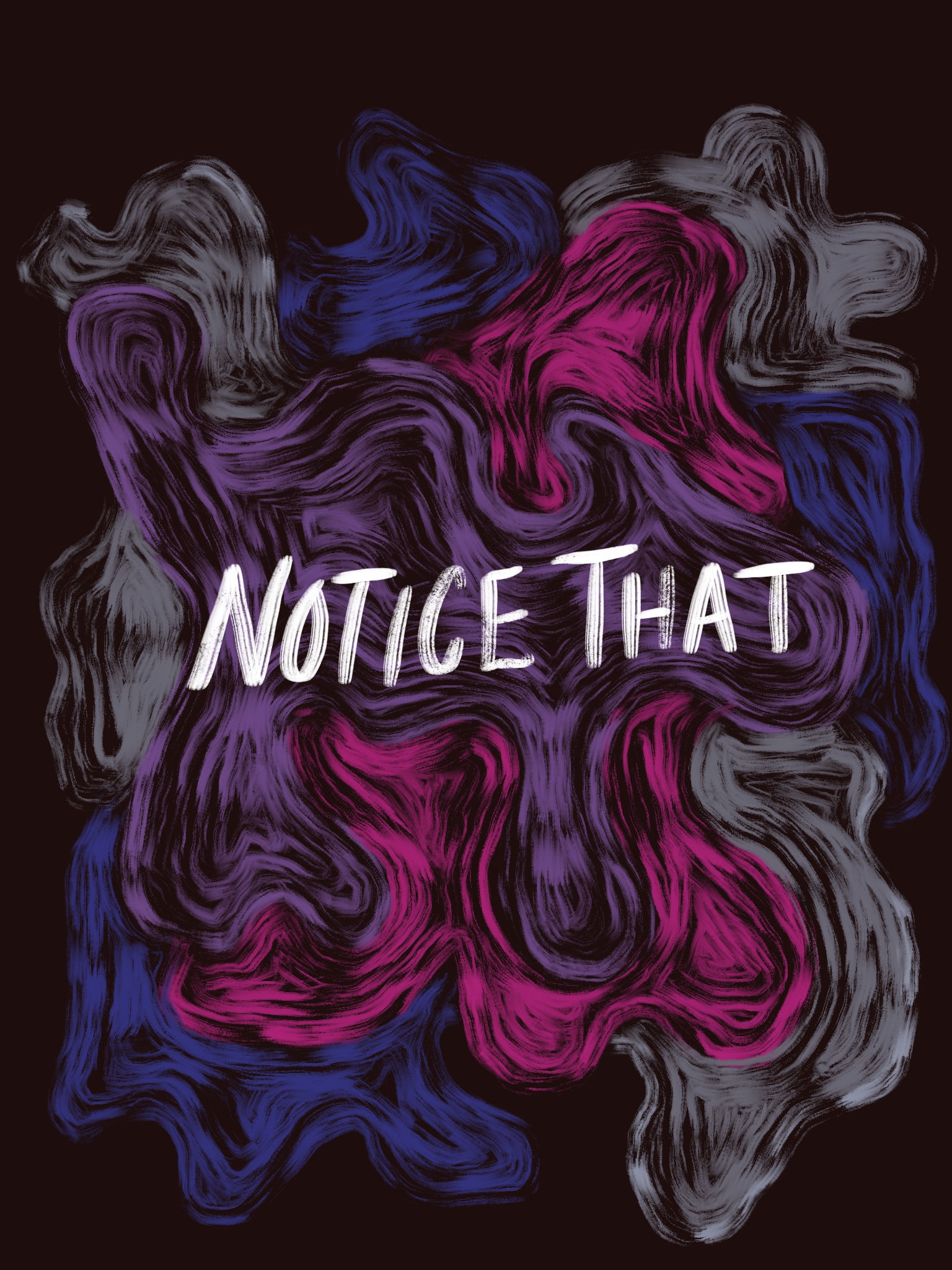EPISODE 3: Integrating EMDR Therapy With Your Practice

Join us as we explore how to integrate EMDR Therapy into your new or existing practice. We will spend time exploring special considerations for agencies, residential settings, and private practice.
Agency Integration:
-
- Consider what your role is within the agency.
- Check in with your supervisor to ensure they are comfortable with you using EMDR Therapy as a modality.
- You can seek out outside supervision with a therapist that is trained in EMDR Therapy or seek outside EMDR consultation while receiving supervision within your agency.
- Advocate for EMDR approach with the staff, administration, clients. Help the agency identify how they can support the client while they are going through the therapeutic process.
- If the client you are working with will be having contact with other staff members from the agency, you want staff members well informed on what they may notice and how they can best support that client.
- Be sure that you have someone that you can consult with that is trained in EMDR. If this is not available within your agency, seek outside consultation.
- When working with clients mandated into a program with specific requirements, evaluate the program expectations to see if the requirements need to be modified to support the client in their EMDR process. If flexibility in their program is not an option, we need to be flexible and mindful of our approach so that it supports the clients program.
- Consider the length of the program within the agency. While creating EMDR treatment plan, evaluate the client’s length of treatment in the specific program. Consider the length of the sessions available. Be mindful and wise in how we move forward with these clients and EMDR Therapy.
- Communicate with client to prevent exceeding their ability to do the trauma work within the guidelines of the program.
Residential Program
-
-
- Benefits: safe environment, surrounded by support staff
- Potential Challenges: Client may not be regulated enough to proceed with reprocessing as well as the length of residential program may be an issue. The client could potentially leave the facility/program in a triggered state.
- Weigh the pros and cons before moving forward with trauma reprocessing in a residential setting. Until the client is more stabilized in an outpatient setting, it may be wise to remain in preparation and resourcing.
- Try to establish a team approach with trauma work. Consider anyone that the client is interacting with while in residential treatment. All other staff needs to be well informed of what EMDR Therapy is.
-
How to inform other staff members about EMDR Therapy:
-
-
-
- Is it okay to do a demonstration on someone as a means of educating them about the process? If the team has personally experienced EMDR Therapy, they are more equipped to provide empathy and understanding to the clients. Explore if there is a way to include an experiential piece.
- Be mindful of all ethical Considerations!
- One option is to take someone through Calm/Safe Place with bilateral to demonstrate what a client may experience.
- Possibly reprocess a small target. Resourcing is a safe zone for demonstrating. Be cautions when targeting actual trauma or utilizing a floatback in this context. We never know how one memory may lead to something unexpected or be triggering for the individual. If you are going to utilize an experiential piece, be sure that you have a strong referral source and resources to direct them to following the experience.
-
-
Options for consent to treat:
-
-
-
- EMDR Therapy provides a specific Consent to treat. Be sure to have the separate consent approved by your agency.
- You may adapt their existing consent to treat to include EMDR Therapy.
- You can maintain the existing consent to treat and do a verbal consent in session for EMDR Therapy.
- Always allow higher administration to make the final decision on what is needed to legally protect that agency.
-
-
How to do trauma work in addition to program requirements?
-
-
-
- Partner with another therapist that provides traditional talk therapy. You remain their therapist focused specifically on trauma work and EMDR Therapy.
- You could become the point EMDR therapist for a program, while the clients work with other therapist to meet their other program requirements.
- When working with clients in a structured program, the division between EMDR Therapy and other therapy requirements can be helpful. It can allow for increased vulnerability due to EMDR Therapist not being in the role of creating accountability for the client to complete program requirements or legal requirements. Relinquish those accountability responsibilities to another therapist.
- Consider the stages of change when determining where EMDR Therapy can fit into their treatment. EMDR Therapy does not “magically” work when met with resistance or a client is unwilling to engage. The client needs to be in the Action Phase in order to be effective. We can utilize EMDR as a tool to attempt to further the client in their stage of change. Utilizing Motivational Interviewing in the Preparation Phase or targeting what is creating resistance toward the program, are both optional approaches. Some possible Negative Beliefs that may create resistance in therapy: “I can’t handle it” “I’m not worth it” “I don’t deserve to be happy”
-
-
Private Practice Integration:
-
-
-
-
- More Flexibility. Do not have to try to fit into a specific structure of an existing program or agency.
- Consider if you want to structure your practice around EMDR Therapy approach. Or if you have a specific structure already in place, you may want to determine where EMDR Therapy fits into that structure.
- Optional method of integration: “EMDR is our primary and preferred modality.” We are going to utilize EMDR first due to it being effective and efficient. When it is not an appropriate approach or the client is resistant, we then turn to other modalities.
- Marketing Considerations: In order to have success and longevity in private practice, we need to be attracting the population of clients that we are the best match for. The best referral source is satisfied clients.
- If you connect with EMDR as a modality, do not be afraid to narrow your focus and market that.
- People that are fearful of not having referrals, advertise themselves with too many specialities. If EMDR is going to be one of your specialities, create a reputation for yourself with that specific modality.
- There’s a difference in marketing yourself as an EMDR Trained vs EMDR Certified Therapist. Being Certified comes with a more positive reputation and professional respect.
- Go even further with your specialization in EMDR Therapy. Identify your niche and fine tune your knowledge and skills of EMDR Therapy with that population and disorder. Seek out certification to really explore those various specializations.
- As more therapist get trained in EMDR Therapy, having a niche will become more and more necessary.
-
-
-
When bringing EMDR Therapy into Private practice, is there a difference in the rate that you charge due to it being a specialty service?
-
-
-
-
-
- Benefits: Helps to recuperate your financial investment in being trained, certified, etc.
- Challenges: If you are a clinician that primarily utilizes EMDR Therapy but integrates other modalities, it becomes difficult to distinguish between when you are utilizing EMDR Therapy and when you are utilizing another modality.
- Alternative Options: Charge a higher rate for the therapist rather than for the service. Charge a higher rate based on experience level, basic trained vs. certified.
- Don’t be afraid to price your services in a way that values your financial and time investment while becoming an EMDR Therapist.
-
-
-
-






